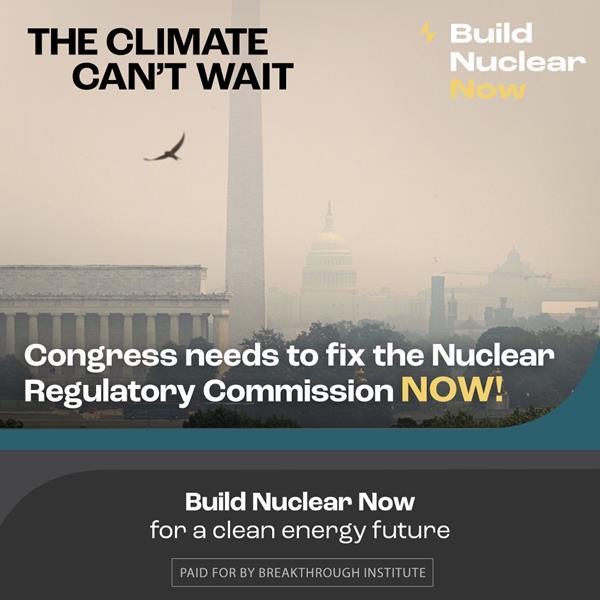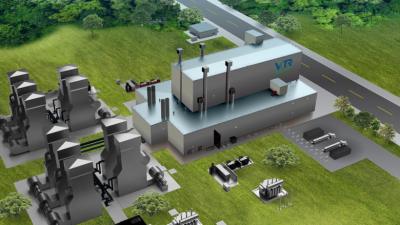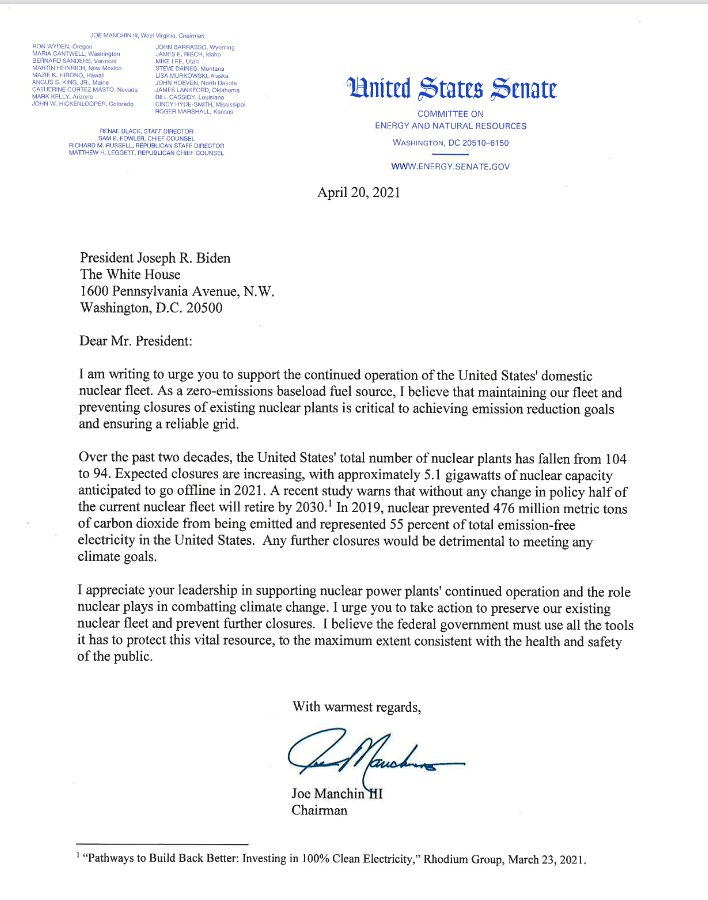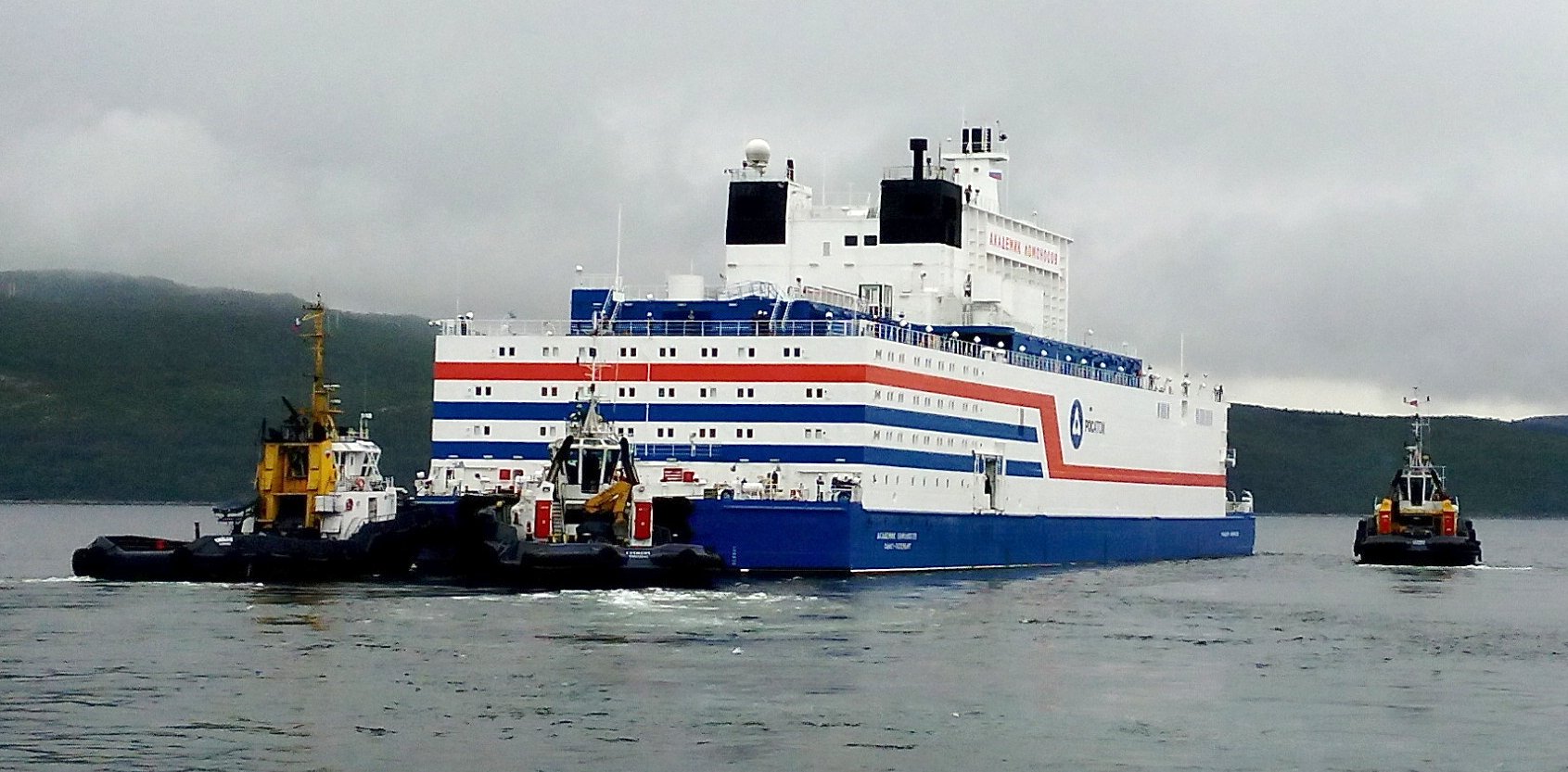Ron Gester, a co-founder and board member of SCGI, has been researching and writing about the need for nuclear energy in our fight against climate change and global poverty for many years. In his most recent paper, he shares his personal journey with hopes of reaching those who are opposed or not yet informed. It distills years of research into a compelling story and a thoroughly documented resource.
Excerpts:
"I was alarmed by the spread of wind turbines and solar panels. Ridgelines and seascapes were becoming industrialized, fields were being fenced off to protect panels, trees were being cut down because they cast shadows … and the transition was just in its infancy."
"I concluded that nuclear “waste” was, in fact, a massive energy resource that will probably benefit future generations."
"I learned that ionizing radiation was a relatively weak carcinogen [1,2] and my heightened fear of it was the result of fiction, marketing, and cold-war propaganda. [3] Nuclear energy ranked among the safest (per TWh) and cleanest (per GWh) forms of energy. [4]"
Why I Changed My Mind
Ron Gester, retired geologist and physician August 2021
In the 1970s, I marched in opposition to nuclear power plants. In 2008, I began to realize that I knew a lot about nuclear energy … that just wasn’t true. When I discovered how wrong I had been, I became obsessed with the quality of my information. I wanted to promote options for fighting climate change and global poverty that were supported by rigorous science and math. David MacKay’s book, Sustainable Energy – Without the Hot Air, showed how. [1] After much effort, I concluded that nuclear energy was one of those options – perhaps the most important one – since clean energy is essential for fighting both climate change and global poverty. I realized that while other forms of clean energy were important, they would not be sufficient. What follows is a summary of why I changed my mind.
Click here to read the entire article.


 arly three decades.
arly three decades.
